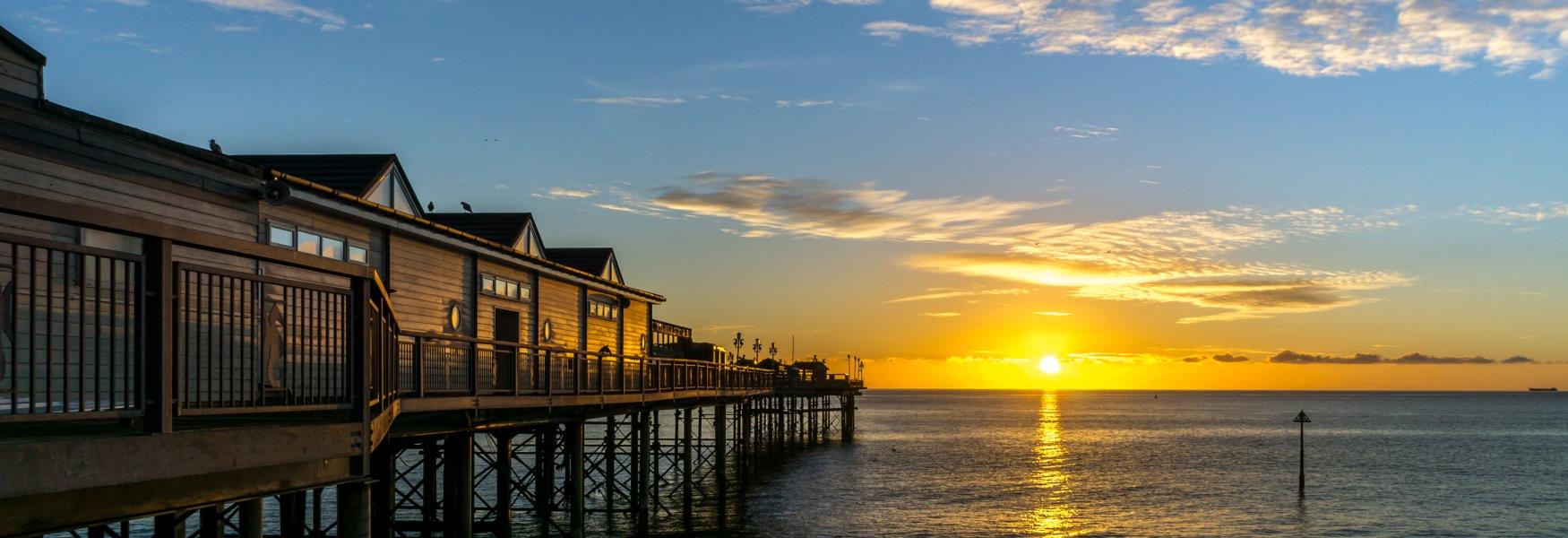-blog.jpg_tmp.jpg) The River Otter is one of the main water ways in East Devon, the other two being the River Sid and the River Axe. The River Otter cuts its way from just over the Somerset border through two Areas of Outstanding Natural Beauty (AONB) to the coast at Budleigh Salterton through an area known as the Otter Valley.
The River Otter is one of the main water ways in East Devon, the other two being the River Sid and the River Axe. The River Otter cuts its way from just over the Somerset border through two Areas of Outstanding Natural Beauty (AONB) to the coast at Budleigh Salterton through an area known as the Otter Valley.
In the blog post below we’re going to follow its course, discover its history and explore some of the towns it passes through.
The River Otter rises just north of the village of Otterford in the county of Somerset, not far from the Devon/Somerset border. The river starts it life in the midst of the Blackdown Hills AONB where it is surrounded by stunning landscapes and lush rolling hills. Shortly after its source the river passes through two reservoirs known as Otterhead Lakes. It then passes in to Devon and meanders its way across the AONB in a south/south easterly direction passing a number of small villages, including Upottery, Rawridge and Monkton until it reaches and skirts the northern edge of the market town of Honiton.
Honiton is the largest town on the river and is famous for its lace and pottery, the history of which can be viewed in the town’s museum. Shopping in the town is plentiful with a plethora of antique shops and street markets held three times a weeks, on Tuesdays, Thursdays and Saturdays. Honiton is surrounded buy stunning scenery as it is bordered by the Blackdown Hills AONB to the north and the East Devon AONB to the south.
From here the River Otter travels south westerly until it meets the town of Ottery St Mary, named after the river which flows through it. The most surprising feature of the town, and river, is the unusual Tumbling Weir. Built in the early part of the 18th century the Tumbling Weir is a circular weir which lets water from the leat reach the River Otter, water cascades down a series of concentric circles until it reaches a tunnel, under a nearby footpath, which returns the water to the river. The town is also famous for its annual Guy Fawkes Night celebrations where locals carry flaming tar barrels through the streets. In 2011 a new foot and cycle bridge was opened in the town spanning the river, it was named the Coleridge Bridge, after the town's most famous resident, poet Samuel Taylor Coleridge who was born there.
The river then turns south before heading in to the East Devon AONB, the second of the two AONB’s it passes through. As it makes its way towards the sea it once again passes by a number of villages including Newton Poppleford and Otterton before reaching the Otter Estuary on the eastern edge of Budleigh Salterton, after almost 20 miles it finally feeds into the English Channel.
Budleigh Salterton sits at the western edge of the Jurassic Coast, a UNESCO World Heritage Site where millions of years of the earth’s history is hidden in the cliffs. The town’s 2 mile long pebble beach meets the Otter Estuary to the east of the town and beach. The estuary is tidal and the adjacent salt marshes and reed beds make up the Otter Estuary Nature Reserve which is home to a large population of wintering wildfowl and waders.
Along its journey the River Otter is joined by several small tributaries. Some of the main tributaries are The Gissage and the River Wolf which joins the River Otter from the south and north, respectively, at Honiton and the River Tale which starts its life on the western edge of the Blackdown Hills AONB and meets the river just north of Ottery St Mary.
Throughout history the river has powered many watermills which were used to power textile and corn mills in the area. Over the years many of the mills have gone but a few still survive like Otterton Mill, where milling has taken place for over 1,000 years. The site is now a café-restaurant, shop and gallery, but the ancient working mill can still be seen. With the water no longer needed to power machinery the rivers main use is now recreational and leisure activities including walking and wildlife watching, which you can do under the comfort of shade from a daytime car awning.
The River Otter is believed to be the only river in England to be home to a breeding population of beavers. They have been present on the river since 2008, it is not known how the beavers came to the river but after giving birth in 2014 a 5 year trial was set up to monitor the beavers’ effects on the landscape. But the river's wildlife connection goes back much further than that, as it is said to have gotten its name for the otters which used to call the river home.
Follow us on Twitter here and like our Facebook page here to keep up to date with all things South Devon. We’ll keep you in the loop with our latest blog posts, competitions and all the events and goings on in the region.
Other Posts You Might Like
Related
Comments
Comments are disabled for this post.



 to add an item to your Itinerary basket.
to add an item to your Itinerary basket.


-blog small(1).jpg)
-blog small.jpg)







